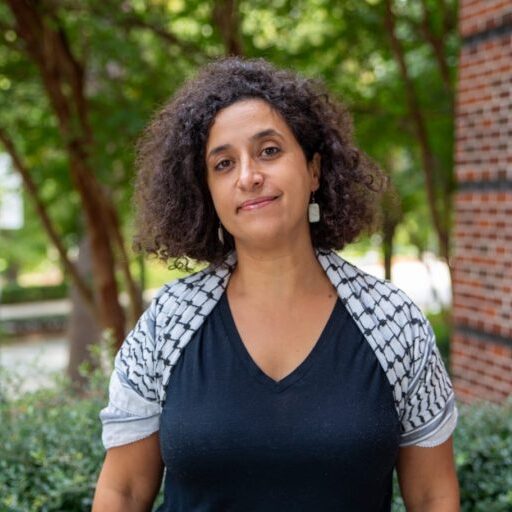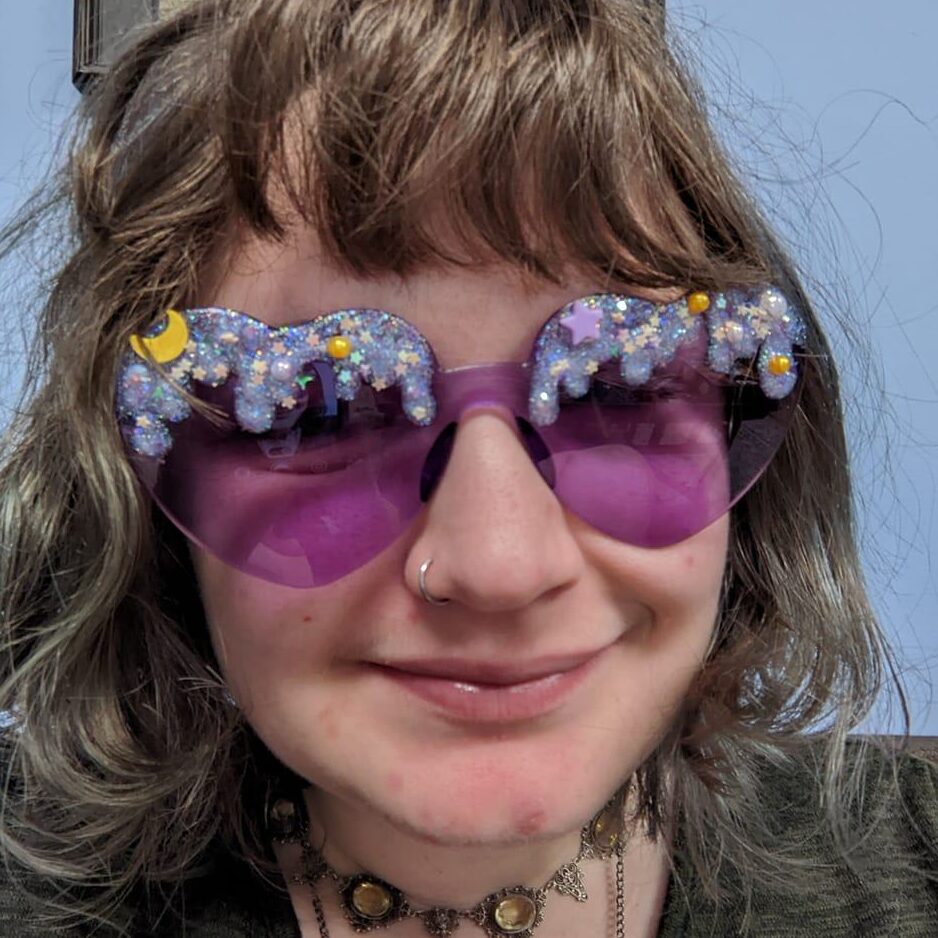In 2015, Diya Abdo founded Every Campus A Refuge at Guilford College, an organization that advocates for housing refugee families on college and university campus grounds and supporting them in their resettlement. The flagship chapter in Greensboro, North Carolina, has hosted eighty-six refugees, including sixteen Afghan evacuees.
In her book of essays, American Refuge: True Stories of the Refuge Experience, Abdo writes about her own family’s experience as Palestinian refugees in Jordan as well as those who have come through ECAR, whom Abdo now considers friends.
We spoke with Abdo about her book, the impact of resettlement on the mind and body, and how to write a story with compassion and empathy. This interview has been edited and condensed for clarity.
First of all, I love the concept of “radical hospitality” that you discuss in your book. Your Every Campus a Refuge project is a great example of this concept. How would you describe “radical hospitality” to others and how can they implement it in their lives?
Radical hospitality means returning to the roots of community to extend welcome to the other, the stranger. In the context of Every Campus A Refuge, radical hospitality means a shift in thinking about what higher education institutions are for, and who they are for – that higher education institutions should reimagine how they use their spaces and how they engage with their communities.
This can be uncomfortable for many in higher education who see that the resources of a university or college campus should be reserved for individuals affiliated with that institution. Why should we help refugee families who might never enroll as students, work as staff, or teach as faculty? In the context of our lives in general, radical hospitality means thinking expansively and generously about the spaces and resources we have normalized as ours and sharing them with others.
A major theme in “American Refuge” is the concept of human movement and displacement. One chapter describes the refugee experience to be like “leaving the soul behind.” With that in mind, could you tell us more about what the refugee experience is like from a mental health angle?
For displaced individuals, leaving loved ones and loved homes behind, either by force or by “choice,” is an incredibly painful experience that leaves its marks on the body and mind, sometimes for generations. I felt my grandmother and mother’s pain of leaving Palestine in ways that were visceral and real to me, even though I was born in Jordan and did not experience displacement in the way they did.
For Um Fihmi, a Syrian refugee whose story appears in the book, leaving her adult children to resettle in the U.S. created feelings of guilt. Why does she deserve to enjoy a relatively safe and self-sufficient life in the U.S. while her children live as refugees in Jordan experiencing continued hardship and poverty? For the refugees I know and work with, leaving the soul behind often leads to feelings of isolation, depression, and loss.
As a writer, you share your own story as well as stories of refugees you have interviewed. Do you have advice for writers that want to publish similar work? What was your interview process like and what boundaries were set?
The book contains the stories of individuals I have known personally for years. I consider them close friends. Two of them are relatives – my grandmother and mother. I already knew many, if not all, of the stories that appear in the book, but those were shared with me in the context of regular conversations and time spent together. When I decided to write this book, I knew that I would not be including any of those stories without permission because they were shared with me in a different context and in confidence, not for the purpose of publication. I reached out to those individuals and asked them whether they would be willing to share their stories and be officially interviewed so I can record their words and share their stories exactly as they wanted them to be shared. I interviewed all of the individuals whose stories appear in the book, including my mother. The only person I did not interview is my grandmother, who passed away in 2008.
During the interviews, I asked very general questions that allowed folks to share what they wanted to share and felt comfortable sharing. I was careful not to ask (re)triggering questions. Folks shared their stories in a very non-linear, meandering way and knew that I would be sharing their stories in my book. All of them have since read the book and love it!
It was interesting to me that in a few instances, one of the interviewees would say, “I know you know what I am about to tell you, but I do not want you to mention it in your book.” Of course, I honored those wishes. I then listened to those hours of recorded interviews, conducted in either Arabic or English, and transcribed them into the organized structure you see in the book. It was a glorious puzzle to put together; that is the process I enjoyed the most.
Despite the creativity involved in making a cohesive meaning out of the stories told to me non-chronologically, I remained true to each individual’s content and speaking style, and I hope readers can hear the individualized cadence and expressions of each person. My advice in writing a book like this is that stories matter, and they are important to share. Indeed, some might want to have their stories shared. Make sure you have consent and permission and that you honor the truth that is revealed to you while staying true to your writing voice.
Was there a particular moment that inspired you to write this book? Or was it something you always wanted to write?
I received an email from the publisher at Steerforth Press asking me to write this book! This is not very usual, but I am lucky to have been solicited to write this book. Once I agreed to write it, I sent them an outline, we signed a contract, and then I submitted the finished manuscript a year later.
I had an incredible experience with the entire team who supported me and the book in remarkable ways. They even let me decide on the cover, which was designed by Ali Al-Khasrachi, an Iraqi calligraphist and artist, who was hosted as a refugee along with his wife and three children on Guilford College’s campus for eight months. I love what he did for the book – a calligraphic rendition of Lady Liberty with the word “refugee” in Arabic in red.
Do you see yourself writing more books in the future? If so, will they be similar?
I am hoping to go back to working on my novel. I started it three years ago, but a new job at the time and then the pandemic delayed my work on it.
Is there anything else you would like to share?
If you’re reading this and think that your college or university can host refugees on campus and support them in their resettlement, please check out everycampusarefuge.net and be in touch. We’d love to help make your campus a refuge. If you’re thinking about assigning American Refuge in one of your classes (it’s great for courses on forced migration, refugee issues, and first-person narratives), let me know. It’s always exciting Zooming in with students and talking about the book!


